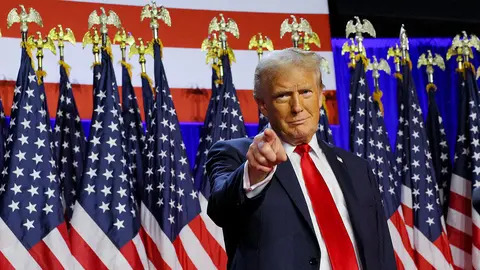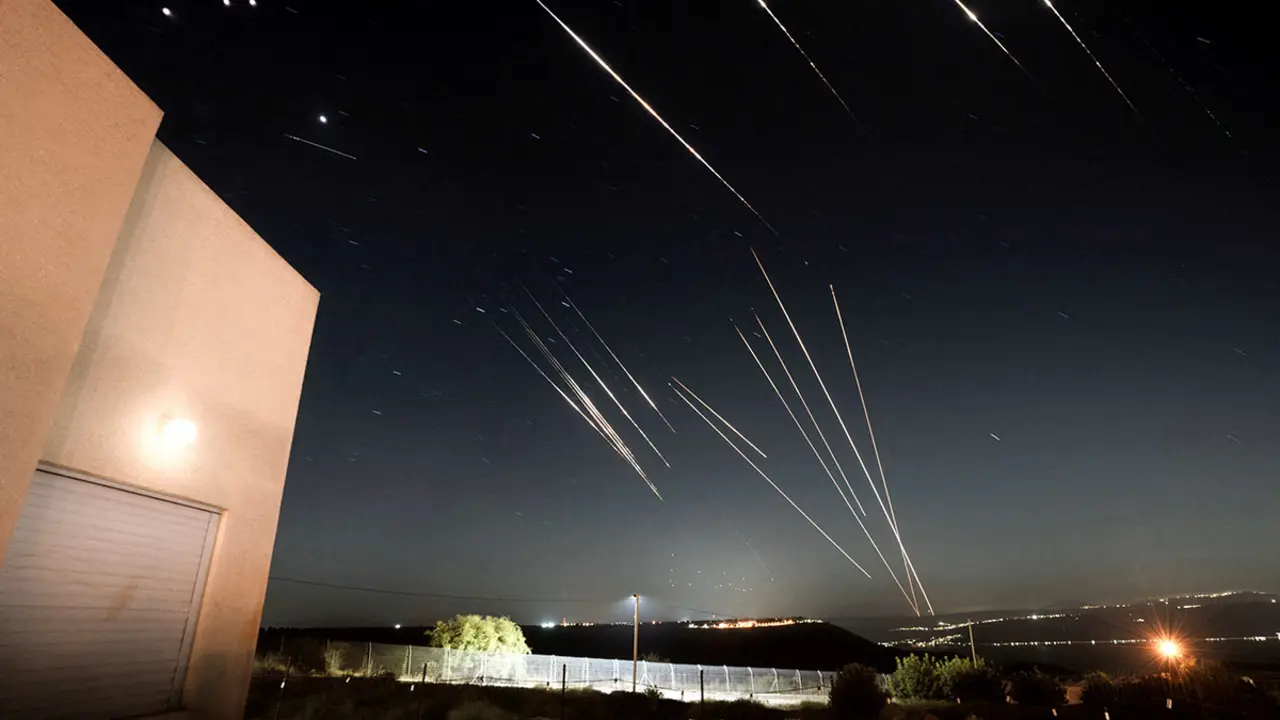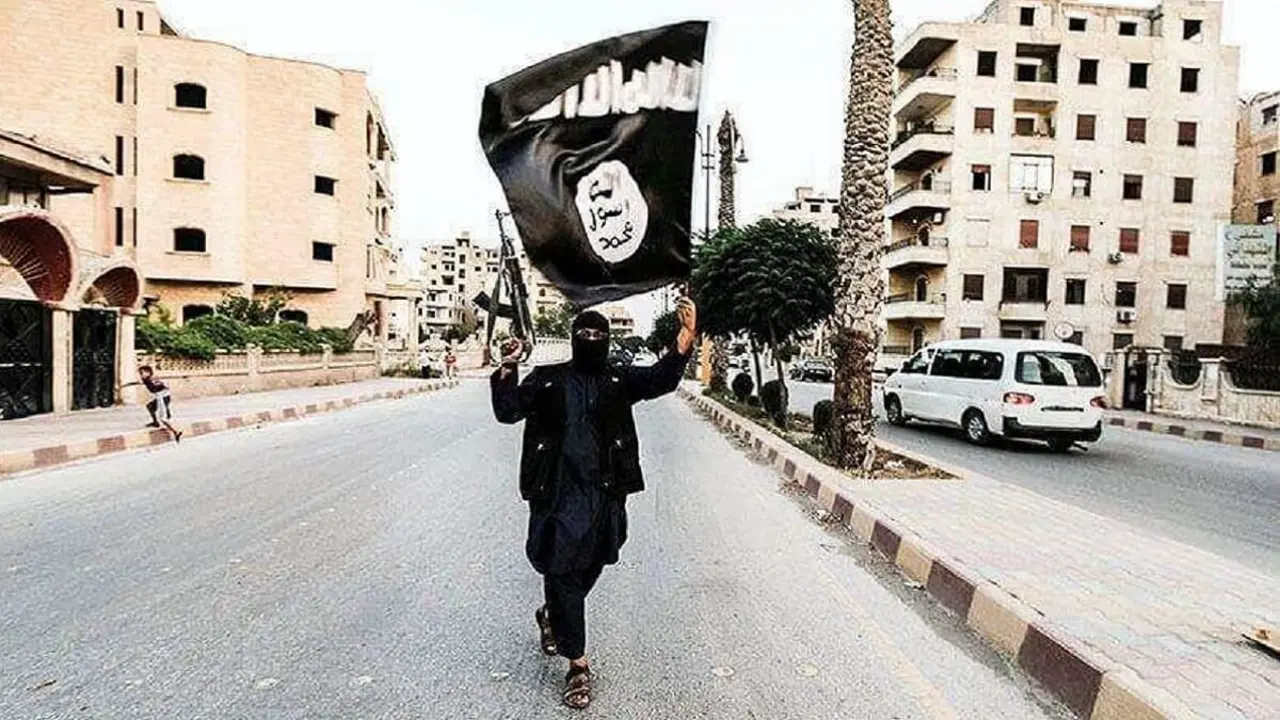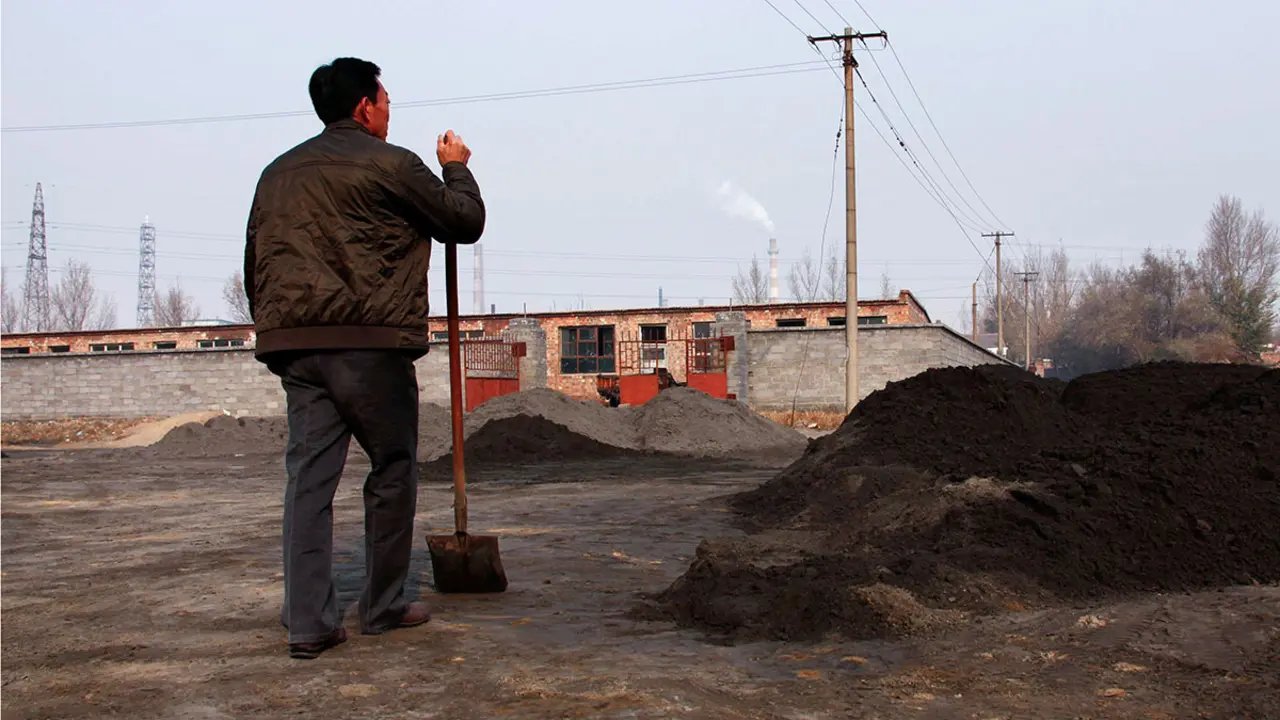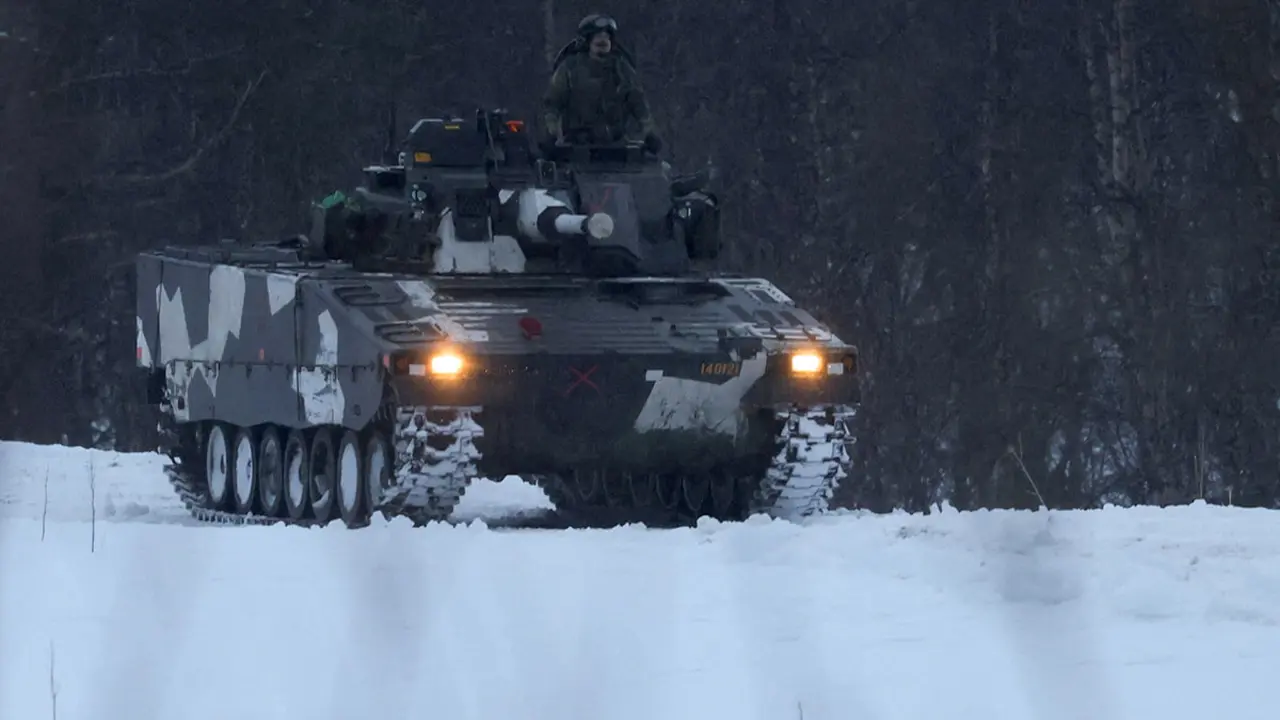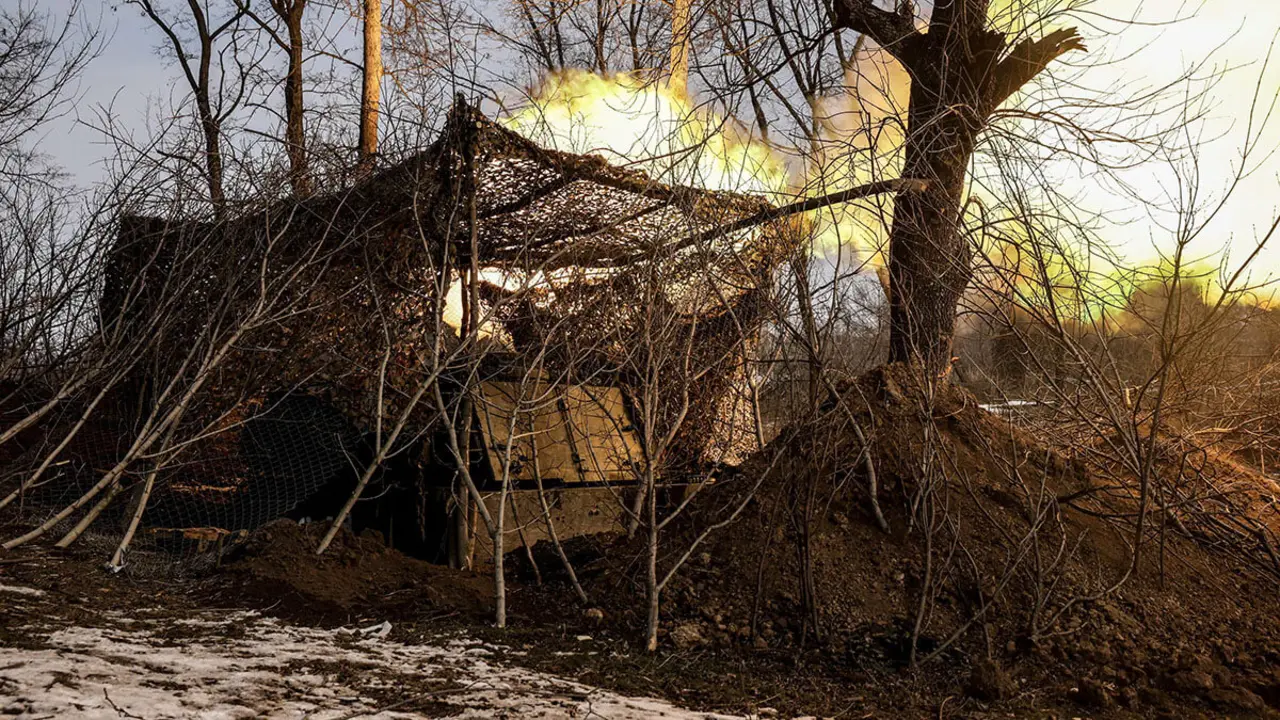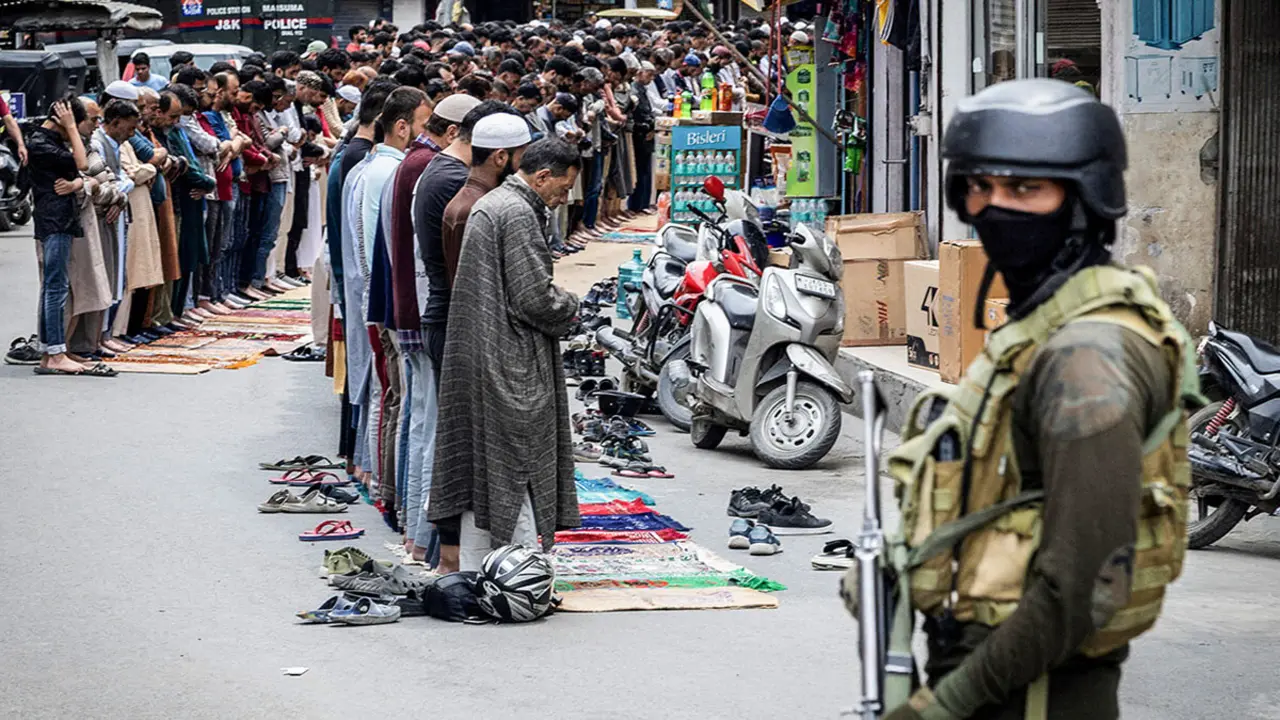A chance for a more stable and less tense Middle East
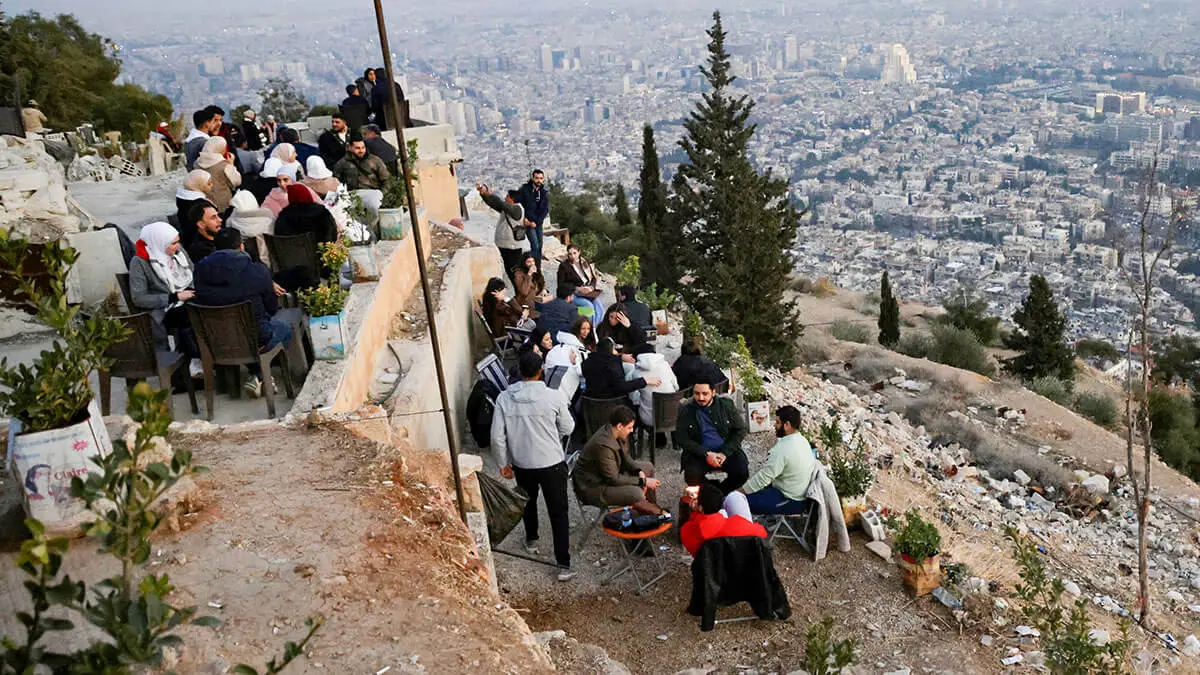
Donald Trump's return to the White House coincides with a time of profound change in the Middle East. The region is not the same as when the US tycoon came to power in 2017. After decades, Bashar Al-Assad's regime in Syria has fallen, the Islamic Republic of Iran has been weakened, as have its regional proxies. The only thing that remains unchanged, however, is the prospect of resolving the core issues of the Arab-Israeli conflict and reaching a lasting peace.

The temptation to exploit Tehran's weakness to promote regime change could draw the US into a new Middle East conflict. However, there are also opportunities to advance US interests towards a more stable and less conflict-ridden region.
With regard to Syria, President-elect Trump already signalled last month on social media that the Arab country does not represent a core US interest and therefore does not support US military intervention.
Despite this, Washington will not stop monitoring developments in the country. Although its influence over the shape of the new government in Damascus is limited, the incoming Trump administration will try to avoid worst-case scenarios, such as a resurgence of Daesh.
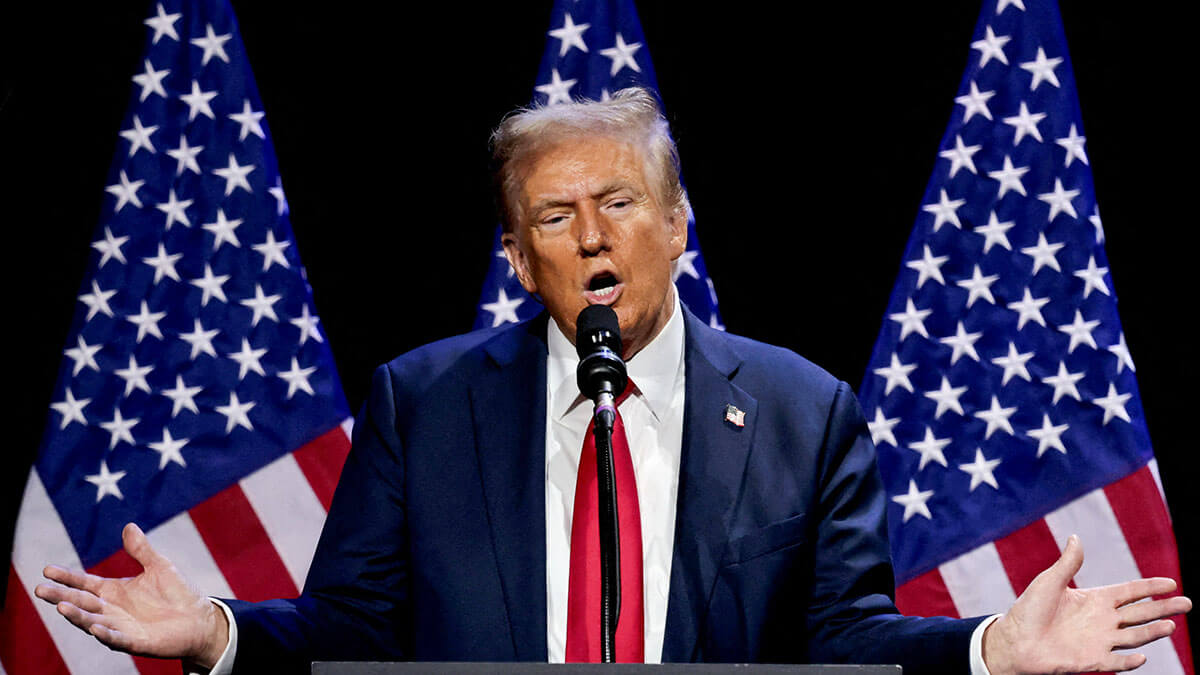
Moreover, given its role as an ally of both Israel and Turkey, Washington has the ability to mediate their respective long-term rules of engagement in Syria. Turkey's commitment not to deploy forces south of Damascus, coupled with the Syrian government's pledge to respect the 1974 Syrian-Israeli disengagement agreement in the Golan, should be sufficient for the US to mediate the withdrawal of Israeli forces along the lines of the original 1974 agreement.
Iran, first confronted by the Trump administration in 2017, enjoyed a dominant position in the Middle East. Its allied militias were key forces in the politics of four Arab countries: Lebanon, Syria, Iraq and Yemen, and its relationship with Hamas allowed it to influence the Palestinian cause and politics.
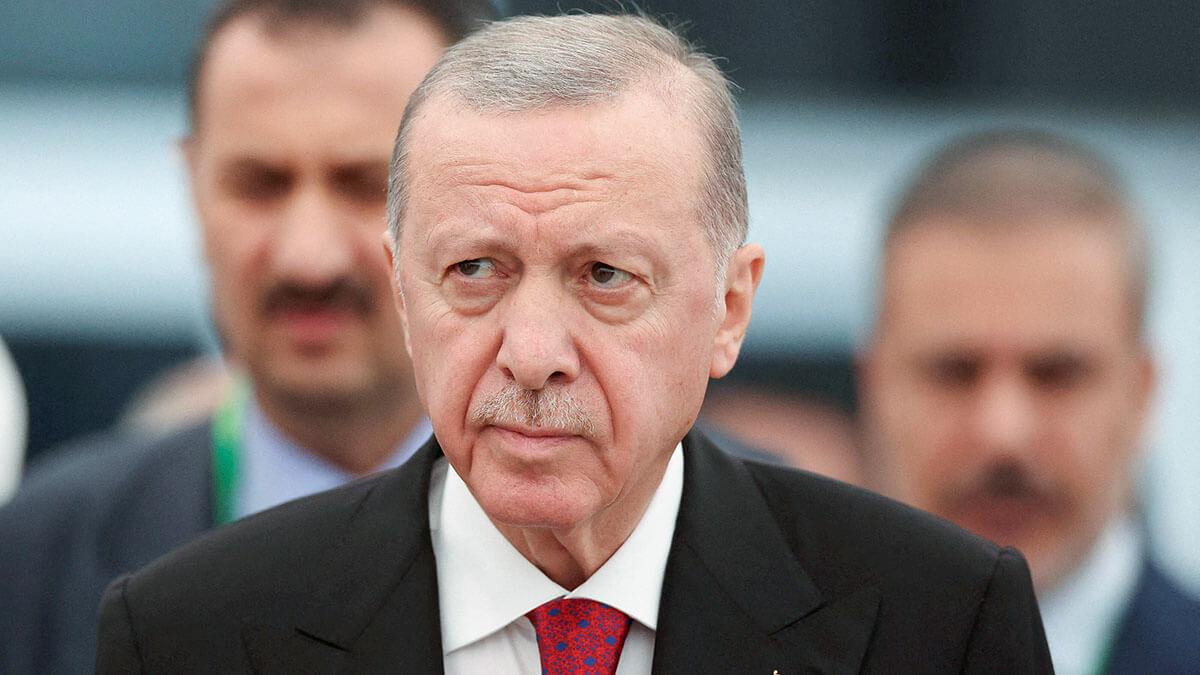
Today, however, Iran is in a very different position. It has lost its Syrian ally while Hezbollah, its main regional proxy, has suffered heavy defeats against Israel. It is also worth noting that Iran's direct military strikes against Israel were mostly insignificant, while Israeli counterattacks destroyed much of Iran's air defences as well as its main ballistic missile facilities, leaving it vulnerable to future attacks.
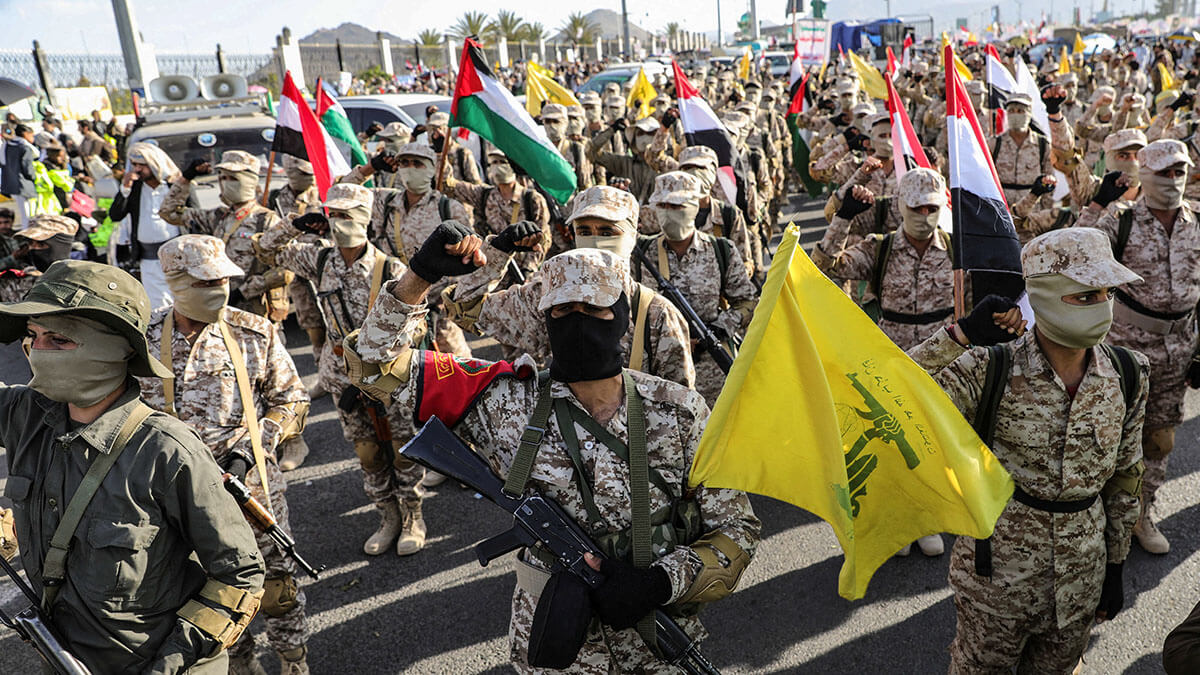
In a report published by the Middle East Institute, researcher Gregory Goss argues that Tehran's regional position is weaker than at any time this century. In this regard, he also recalls that the regime has faced significant internal protests over the past six years, driven by the economic situation and growing opposition to the strict social restrictions imposed by the authorities, especially with regard to measures against women.
In this context, it is not surprising that Iran's opponents are seeking to increase pressure to try to topple the Islamic regime, whether through tougher sanctions, political pressure, military strikes or a combination of these strategies. Both US Secretary of State-designate Marco Rubio and Mike Waltz, the future National Security Advisor, have publicly called for tougher policies against Iran during their time in Congress.
As for the Israeli-Palestinian conflict, its basic dynamics remain the same as before 7 October. The government of Israeli Prime Minister Benjamin Netanyahu continues to show no interest in the territorial concessions necessary for the creation of a viable Palestinian state. The current Israeli government is also adamantly opposed to allowing the Palestinian Authority to take control of Gaza, increasing uncertainty about Gaza's future once the war ends.
For the time being, Israel and Hamas have managed to reach a ceasefire agreement mediated by Qatar. This truce will come into effect this Sunday - one day before Trump's arrival at the White House - when the exchange of Israeli hostages for Palestinian prisoners in Israeli jails will begin.

According to Goss, any further US ‘peace plan’ to resolve the Israeli-Palestinian conflict will meet the same fate as its predecessors. For this reason, the analyst believes that it is not worth the new administration's time to try to revive it. ‘However, this does not imply that Washington can ignore the ongoing conflict in Gaza or Israeli military operations in Lebanon and Syria, since any hope for stability in the Middle East depends on the cessation of fighting in Gaza,’ he explains.
There can be no practical cooperation between Israel and Arab countries as long as the war in Gaza continues. Moreover, Gaza has become the pretext used by Yemen's Houthi rebels to continue launching missile attacks, both against Israel and against international shipping in the Red Sea. A ceasefire, including the return of hostages, would be a necessary step towards regional stability. However, such a ceasefire is unlikely to generate momentum towards a more lasting political solution.
This is why Goss proposes that the US use its good relations with Israel to play a more constructive role on the Syrian and Lebanese fronts. Likewise, Washington is also in a position to negotiate with Turkey and the new government in Damascus as it is the only actor capable of pressuring Israel to withdraw from Syrian territory.
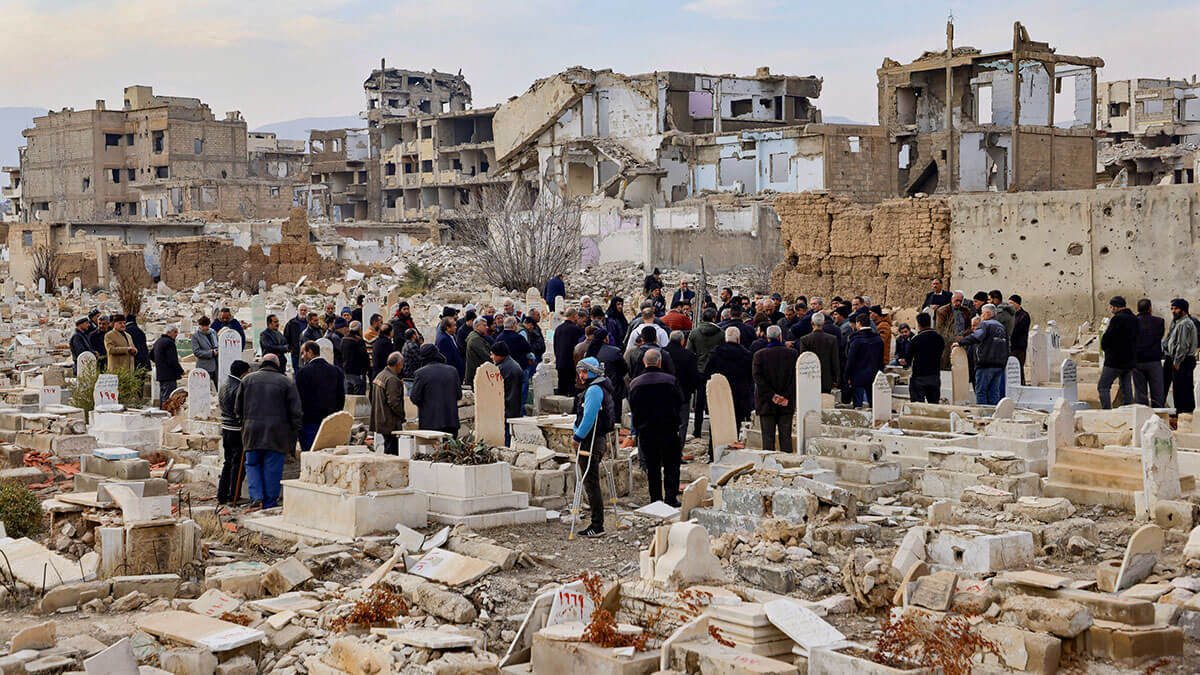
With Hezbollah's leadership weakened, the US must work with its Arab partners and France to form a new Lebanese government that begins to assert sovereignty over the entire country and enforce the ceasefire agreement with Israel signed in November 2024. Similarly, only Washington has the leverage necessary to get Israel to live up to its side of the agreement and withdraw from Lebanese territory.
Success on these fronts would contribute to regional stability, although it would not resolve the fundamental issues that remain at the heart of the Arab-Israeli conflict: broader Arab recognition of Israel, Israeli recognition of the right to Palestinian self-determination, and Israeli withdrawal from the occupied territories, Goss concludes.

